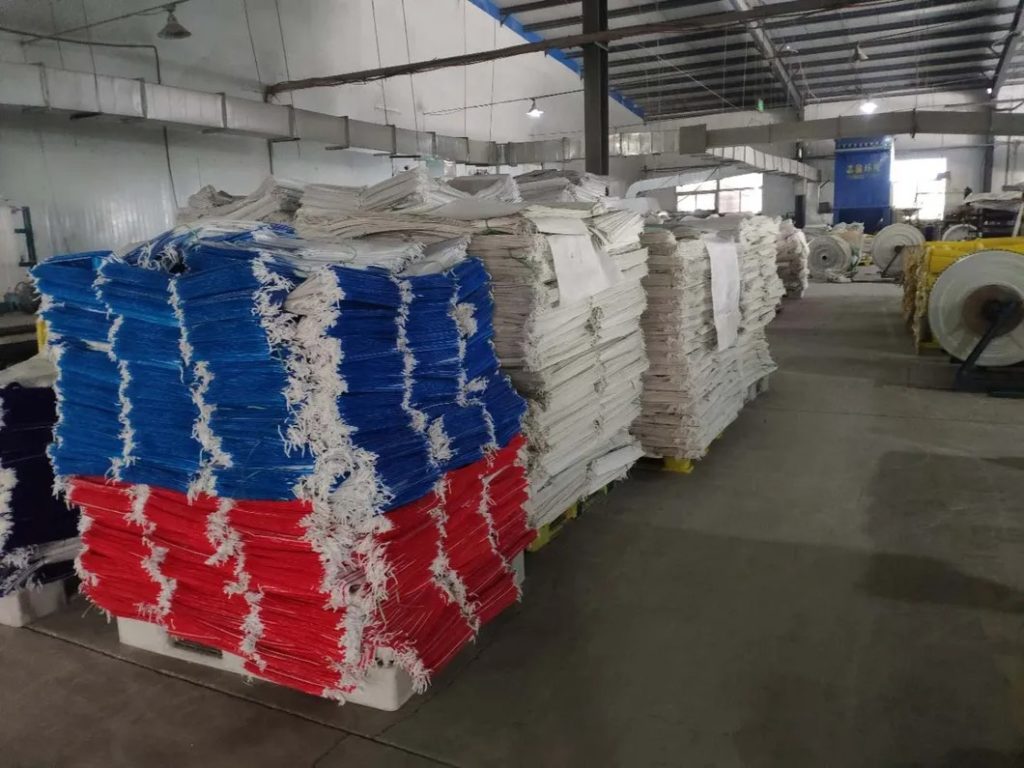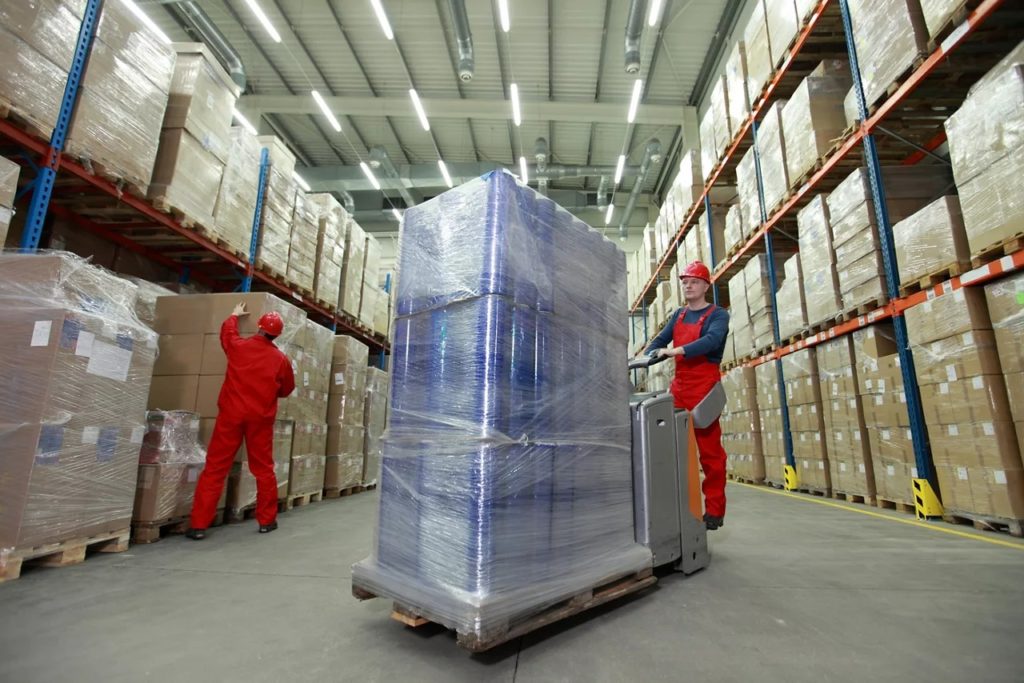Industrial packaging plays a critical role in safeguarding products throughout the supply chain, from production to delivery to the final consumer. Whether you’re in the manufacturing, retail, or logistics industry, ensuring that products are securely packaged is essential to prevent damage during storage, transportation, and handling. In this blog post, we’ll explore how industrial packaging helps prevent product damage, why it’s important, and how to choose the right packaging materials to protect your goods effectively.
The Importance of Industrial Packaging in Protecting Products
When products are in transit or storage, they face numerous risks. They can be subjected to mechanical stress, exposure to the elements, temperature fluctuations, and even mishandling. Without the proper packaging, even the highest-quality products could be ruined, leading to financial losses, customer dissatisfaction, and damaged reputations.
Industrial packaging serves as a barrier that shields goods from these potential risks. It is designed to not only protect the product physically but also ensure that it remains intact and functional during transport, storage, and handling.
What Makes Industrial Packaging Effective?
Effective industrial packaging must account for various factors to prevent product damage. Here are some key features that make packaging solutions successful:
- Durability: Strong and resilient materials are crucial to withstanding pressure, impacts, and wear and tear.
- Proper Fit: Packaging should be tailored to the shape and size of the product to prevent movement and minimize risk of damage.
- Protective Layers: Incorporating cushioning materials such as foam, bubble wrap, or air pillows adds an extra layer of protection.
- Resistance to Environmental Conditions: Packaging should shield products from environmental factors like moisture, dust, and extreme temperatures.
Each product type requires specific packaging solutions based on its material, fragility, and transportation method. Customizing packaging to meet these unique needs is essential in preventing damage.
Types of Industrial Packaging and Their Role in Damage Prevention
There is no one-size-fits-all solution for packaging. Depending on the product, different types of packaging materials and designs are used to ensure protection during transit.
1. Corrugated Boxes
Corrugated boxes are one of the most commonly used packaging materials in industries around the world. Made of a fluted paper material sandwiched between two flat sheets of paper, these boxes are known for their strength, flexibility, and cushioning properties. The fluted structure provides rigidity, which protects against crushing, while the smooth outer layers offer protection against dust and moisture.
Corrugated boxes are an excellent choice for a wide range of products, from electronics to consumer goods, due to their versatility. Proper sealing and correct sizing are vital to ensure that products inside the box do not shift or sustain damage.
2. Polypropylene (PP) Bags
Polypropylene bags, commonly used for packaging bulk materials or items like grains, chemicals, or textiles, offer strong protection against moisture and physical damage. These bags are durable, lightweight, and resistant to abrasion, making them ideal for storing and transporting products that require protection from dirt or water.
When used correctly, polypropylene packaging prevents product contamination and maintains the integrity of the contents throughout the supply chain.

3. Stretch Film and Shrink Wrap
Both stretch film and shrink wrap are highly effective packaging solutions that provide excellent protection against external elements. Stretch film is used to tightly wrap around products or pallets to secure them, while shrink wrap contracts around the product when heat is applied, forming a tight, protective layer.
These types of packaging are particularly useful for preventing damage from dust, moisture, and dirt during transport and storage. Additionally, they provide a tamper-proof seal, ensuring that the product reaches its destination in its original condition.
4. Bubble Wrap and Foam Inserts
For fragile or delicate products, additional cushioning may be required. Bubble wrap and foam inserts are essential for reducing impact forces that can cause breakage or deformation. These protective materials work by absorbing shocks, keeping the product intact during handling and transit.
Bubble wrap is commonly used for products like glassware, electronics, and delicate machinery, while foam inserts are ideal for high-value or fragile items, such as medical devices and luxury goods.
5. Wooden Crates and Pallets
For heavy-duty packaging needs, wooden crates and pallets are often the go-to solution. These types of packaging are designed to withstand large amounts of weight and provide secure protection for bulkier items. Crates are often used for products like machinery, automotive parts, and large furniture, ensuring that the product remains stable and undamaged during shipping.
Wooden pallets are especially beneficial for products that need to be stored or transported in large quantities. They allow for easy loading, unloading, and stacking, while also providing a solid base for added stability.
How Industrial Packaging Prevents Product Damage
Now that we’ve covered the types of packaging commonly used, let’s dive deeper into how industrial packaging plays a crucial role in preventing product damage.
1. Impact Resistance
One of the most common causes of product damage during transport is impact. Whether it’s a rough handling situation or an accident during transit, products often get scratched, dented, or crushed under pressure. Industrial packaging, such as corrugated boxes, bubble wrap, and foam inserts, absorbs the energy from these impacts, reducing the chance of damage to the product inside.
By choosing materials with good shock-absorbing properties, businesses can reduce the likelihood of items sustaining physical damage during handling and transportation.
2. Protection from Moisture and Temperature Extremes
Moisture and temperature fluctuations are other factors that can cause significant damage to products. For example, electronics may malfunction if exposed to moisture, while food products could spoil. Packaging materials like stretch film and shrink wrap provide an airtight seal that helps protect against environmental conditions such as humidity, rain, and temperature extremes.
In addition, some packaging options, such as insulated containers and vapor barriers, are designed specifically to shield products from extreme temperatures and prevent condensation, helping preserve product integrity.
3. Tamper Resistance
Many industries require tamper-resistant packaging to ensure that products are not altered or contaminated before they reach their final destination. Packaging options like shrink wrap and sealed bags prevent unauthorized access to the contents and give consumers confidence that the product is safe and intact.
4. Product Stability During Transport
Ensuring that products stay in place and do not shift within their packaging is essential in preventing damage. Custom-sized boxes, foam inserts, and strapping systems help stabilize products, preventing movement during transit. For products that are particularly heavy or vulnerable to shifting, it’s crucial to use packaging solutions that keep the product secure at all times.
Choosing the Right Industrial Packaging for Damage Prevention
Selecting the appropriate packaging for your products is essential in reducing the risk of damage. Factors such as the nature of the product, the mode of transport, and environmental considerations all play a role in determining the best packaging solution.
- Assess the Fragility of the Product: For fragile items, opt for cushioned packaging materials like bubble wrap or foam inserts.
- Consider Environmental Factors: Products susceptible to moisture or temperature changes should be packaged in materials that offer a protective barrier against these elements.
- Understand Handling and Transportation Methods: Products that will be handled roughly or stacked in transit should be packaged in durable materials like corrugated boxes or wooden crates.
Conclusion
Industrial packaging is vital in preventing product damage, ensuring that goods are delivered in the best possible condition. By using the right materials and considering factors such as impact resistance, environmental protection, and product stability, businesses can safeguard their products throughout the supply chain. Investing in high-quality industrial packaging not only reduces the risk of damage but also helps maintain customer satisfaction, improve brand reputation, and lower costs associated with product loss or returns.
When selecting packaging for your products, always prioritize protection, durability, and reliability to ensure your goods make it safely from point A to point B.
